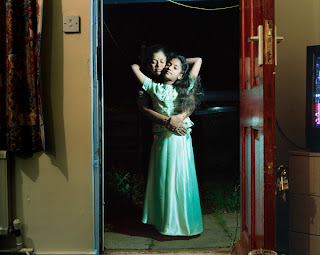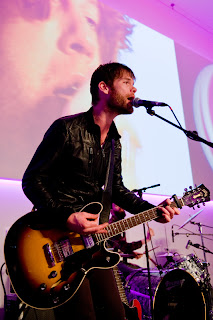As part of my Degree course I have a variety of technical sessions to improve imaging software skills. I was recently introduced to a set of colour images of Russia. These images were of high quality and the colours were rich and vivid. When asked how old I thought the images were I replied with an educated guess of about 30-40 years old. I was extremely shocked to discover how wrong I was.
The correct answer to the question was over 100 years old!
My initial idea that this was a clever photoshop job was dismissed when I learnt that the images were displayed in colour at the time of production. So how were these images created before the advent of colour film?
The photographer, Sergei Mikhailovich Prokudin-Gorskii (1863-1944) used a specialized camera to capture three black and white images in fairly quick succession. By using red, green and blue filters placed in front of the plate, the plate (film) only captures light the same colour as the filter. Later the developed plates were combined and projected with filtered lanterns to show near true colour images.
This process can now be done in photoshop in a similar way to produce a printable colour image, something that could not be done at the time of capture.
By using each black and white image as a separate channel in an RGB document and then carefully aligning them just like it would have been in the original projection a true colour image can be made.
Very clever stuff and very beautiful images I think you'll agree.


























